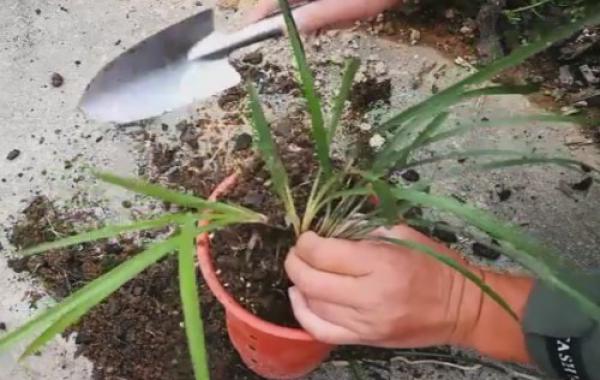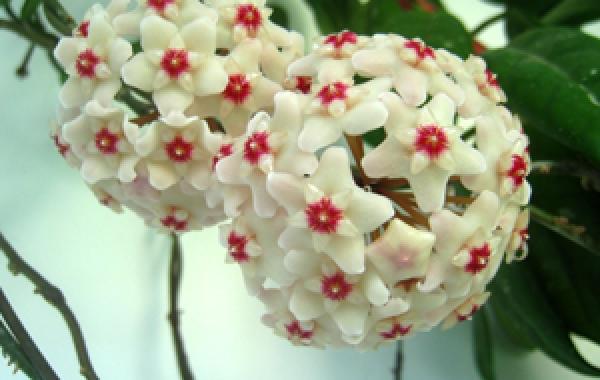How to pot wild orchids

All theories need to be tested and proved in practice, and so does potted orchids. Domesticated orchids are usually artificially bred. What if we are lucky enough to find orchids in the wild and need to domesticate them? What should I pay attention to when serving? Today, Xiaobian will discuss with you several aspects that need to be paid attention to when wild orchids are potted in the family.
For the upper pot of wild orchids, the editor summarized them in seven words: root pruning, leaf cutting and sun exposure. Let's take a look at it together.
I. Root repair
When pruning roots, trim off all empty roots, rotten roots, residual roots, broken roots and dead roots. Don't worry about pruning too much, but it is necessary to trim them off. Even if you trim more, it doesn't matter much. Because if these roots are not repaired, they will rot after a long time in the pot, thus causing the bacteria to destroy healthy normal roots.
Wild orchids grow horizontally, so it is easy to hurt some roots when digging, and it is necessary to repair the injured roots. And the orchid that raises in flowerpot, its root system grows downward commonly. Therefore, we also need to properly prune the roots of wild orchids, also in order to facilitate the pot.
II. Leaf clipping
After the root pruning, we also need to carry out the necessary leaf pruning treatment on the orchid plant. Leaf cutting is mainly to cut off withered yellow stems and leaves, dead leaves, diseased leaves and other forms of leaves, because wild orchids will inevitably breed some diseases and insect pests, in spring or winter when the pot may parasitize on the plant, until the temperature warms up will cause damage to orchids. Therefore, it is very necessary to eliminate bad pests and orchid leaves.
III. Sunbathing
For wild orchids on the pot when the light is very important, mainly play a role in sterilization. This is because we have previously conducted root pruning and leaf cutting, which will leave a lot of wounds, and proper sun exposure can sterilize the wounds. Moreover, after being exposed to the sun, these wounds will also quickly coagulate and heal, so they are not easy to be invaded by germs after the basin. And before the basin is also recommended to apply a little carbendazim to the root wound, methyl thiophane, wild orchids do not recommend the practice of soaking medicine.
Sunbathing also has the advantage of softening the lateral roots of wild orchids, making it easier for us to put them in pots and not be easily broken. Because if the root system is broken, it is easy to rot in the pot, and then infect other healthy root systems, expand the damaged root surface, and ultimately affect the survival of wild orchid plants.
The next thing we need to do is to pot the wild orchids. The trimmed orchids can clearly see the stems, roots and reeds growing in between. The position of the reed head should be kept flush with the edge of the pot, and then filled with planting materials, according to the normal potting method can be carried out. What needs to be done is slow seedling management.
Related
- Is the orchid suitable for indoor use? Is it good for the body?
- How to prevent the empty root of orchids?
- What to do after the crab claw orchid is withered?
- Why are the leaves of orchids always yellow? Fertilizing and watering.
- Can the root of the gentleman orchid be saved if it is rotten?
- Diagnosis and treatment of cotton-blowing beetle insects in Cymbidium
- There is a way for a gentleman's orchid to rot.
- What is the most suitable temperature and humidity for the orchid?
- How to raise a gentleman's orchid? Cultivation techniques of Cymbidium
- How to prepare the nutritive soil for the cultivation of Cymbidium



